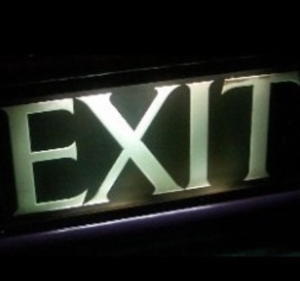Scottish Cinemas and Theatres
Glasgow Film Theatre / Cosmo
12 Rose Street, City Centre
www.gft.org.uk
The foyer was originally
double-height, with twin staircases leading to the balcony. Payboxes
were situated to both the left and right, between the two sets of
entrance doors. A small kiosk was situated at the back of the foyer,
which was panelled in walnut. A large globe, set above the main rear
stalls entrance, reinforced the international nature of the films being
shown. A large cloakroom and luxurious ladies powder room were also
provided.
In 1973, the Cosmo was bought by the Scottish Film Council, who undertook major structural alterations. The auditorium was split, to form a large single screen upstairs, with the balcony extended fully forward and a new proscenium constructed.
Renamed the Glasgow Film Theatre - or as it's better known - the GFT - the building reopened to the public in May 1974. At this time, the stalls space was used as an conference and exhibition area. In 1986 the GFT became independant of the SFC, and in 1988, the building was B-listed by Historic Scotland.
In 2005, despite strong competition from the nearby UGC, the GFT is thriving, and is without doubt the most pleasant place in Glasgow to go see a film on the big screen...
References: 1. One Hundred Years of Glasgow's Amazing
Cinemas,
2. James McKissack - Cinema Architect (1875-1940), Bruce Peter, Polygon (1996),
ISBN: 0748662103
Tom Widdows, Unpublished
Dissertation, Robert Gordon University (2003)
3. TheGlasgowStory.comMany thanks to John Letham and the staff of the GFT for their time in showing us around the building. |
Unless otherwise
specified, all photographs and other material copyright (c) 2001
- 2020 Gordon Barr and Gary Painter.
All rights reserved. Permission for use elsewhere normally granted, but please ask first!
No attempt is made to infringe any existing copyrights or trademarks. Please contact the editors in case of any queries.
All rights reserved. Permission for use elsewhere normally granted, but please ask first!
No attempt is made to infringe any existing copyrights or trademarks. Please contact the editors in case of any queries.











